Fictional anti-tank aircraft based on historial bomber.
VTOL Up to activate the supercharger, this need 50% Throttle or more.
VTOL down to control the flips.
AG4 to activate the MG131 in turrets.
Specifications (Mitsubishi G3M4 Model 52)
General characteristics
* Crew: 6
* Length: 16.45 m
* Wingspan: 25 m
* Height: 3.68 m
* Wing area: 82.5 m²
* Empty weight: 5,965 kg
* Gross weight: 9,600 kg
* Powerplant: 2 × Ha-109 air-cooled radial piston engines, 1500 hp each
Performance
* Maximum speed: 420 km/h
* Cruise speed: 280 km/h
* Range: 3,600 km
* Service ceiling: 6,200 m
Armament
* Guns:
* 1× 75 mm Type 88 cannon in nose mount
* 3× 13 mm MG131 machine gun in cockpit, left and right side positions.
* Bombs: 500 kg of bombs or rockets
Type-88 75mm AT Gun and other weapons
In the early 1940s,Faced with the threat of ROC Army tanks, the Imperial Japanese Navy Air Service desperately needed an attack aircraft with high-speed anti-tank guns. According to the Spec released by IJNAS, this twin-engine aircraft will need to carry a 75mm Type-88 Anti-Aircraft gun as the primary weapon, in order to destroy tanks in a single shot. Also, it have to carry four 20mm Ho-5 Autocannons as secondary weapons, and about 500kg of mounted weapons, such as bombs. About the defence weapon, the IJNAS simply proposed to replace the original 7.7mm aircraft machine gun with the licensed MG131, but did not make any further demands.
Cockpit in co-pilot view
Due to lack of time, G3M's depth-improved G3M4 won out. The twin-engine flying can opener was developed from the G3M long-range bomber produced in the 1930s. Compared to the previous model, the G3M4 has two 1500 HP Ha-109 air-cooled engines, improved main wings, and a redesigned forward fuselage to accommodate the 75mm high-speed anti-tank gun. At the same time, imitation German automatic loader also as the standard configuration of the aircraft.
Telescopic scope for Type-88 75mm Anti-Tank Gun
The aircraft was built with very short working hours and mature products and processes, which made it possible to mass-produce the aircraft in a short time. Some G3M manufacturers have even been able to switch from previous models to the G3M4 without making many changes to the production line. On the other hand, the sophisticated aerodynamic profile of a classic 1930s design makes the new plane easy to use, for both veteran and rookies.
Radio Operator seat and Auto Loader System
But the plane is not without its drawbacks. Even with the new engine, the 1500hp Ha-109, the attack aircraft was still slow by 1940s standards. Another serious issue is armor. IJNAS require the aircraft to be heavily armed, as well as to have a long range and maneuverability, which makes the armor design of the aircraft vulnerable, especially when it comes to improving anti-aircraft fire systems. Too slow and without enough armor to protect itself, the G3M4 is more like a glass cannon than a good attack aircraft. Given enough time, these problems can be fully solved, but time is running out. IJNAS can only be hastily accepted and then immediately put into mass production.
Specifications
General Characteristics
- Predecessor Mitsubishi G3M "Rikko"
- Created On iOS
- Wingspan 62.5ft (19.1m)
- Length 72.6ft (22.1m)
- Height 16.7ft (5.1m)
- Empty Weight 15,855lbs (7,191kg)
- Loaded Weight 20,585lbs (9,337kg)
Performance
- Horse Power/Weight Ratio 0.116
- Wing Loading 23.8lbs/ft2 (116.4kg/m2)
- Wing Area 863.8ft2 (80.3m2)
- Drag Points 4902
Parts
- Number of Parts 1009
- Control Surfaces 6
- Performance Cost 4,025

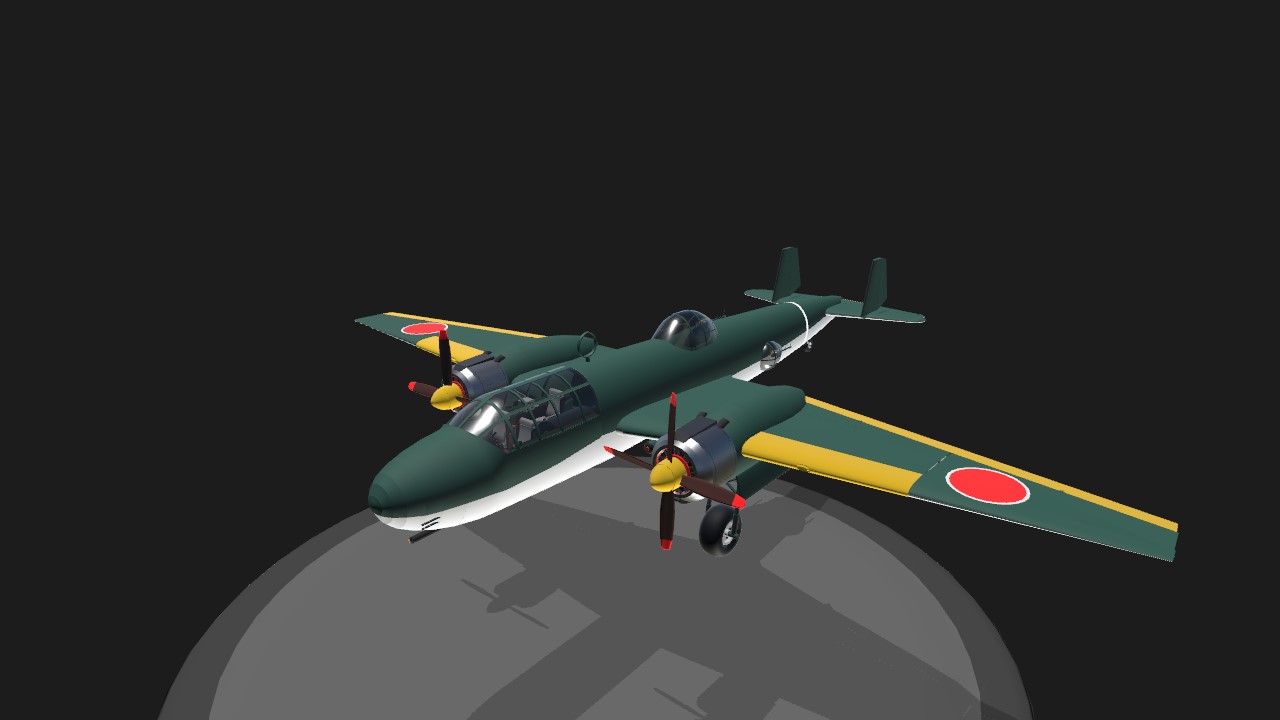
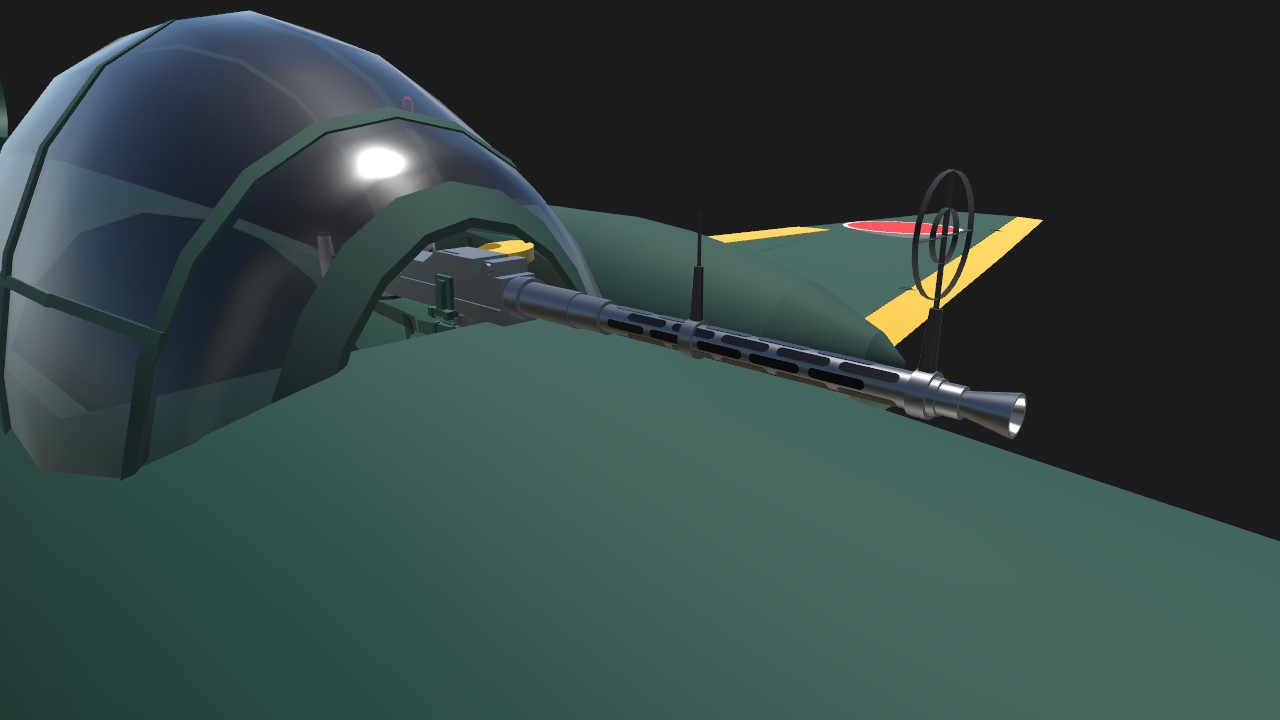
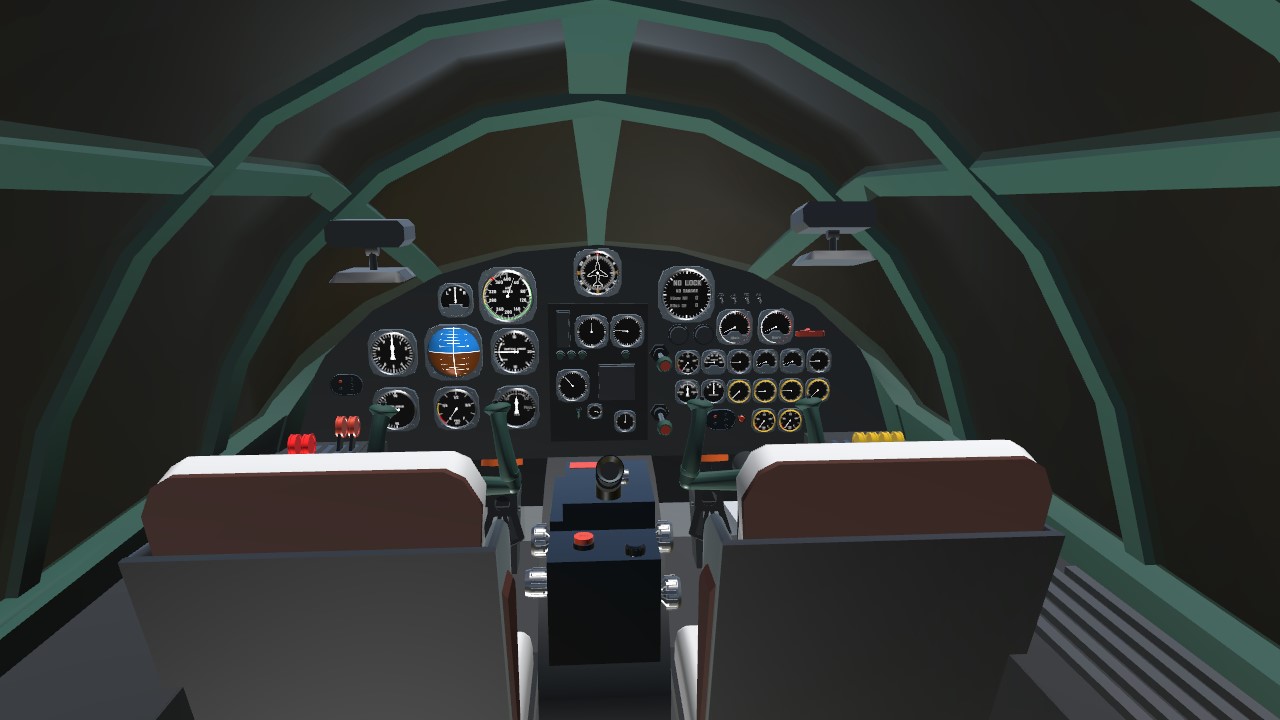
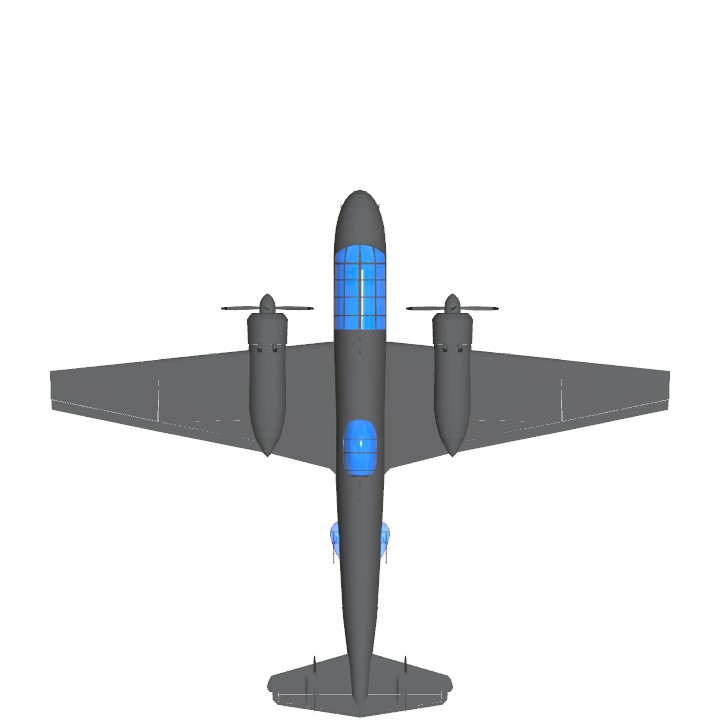
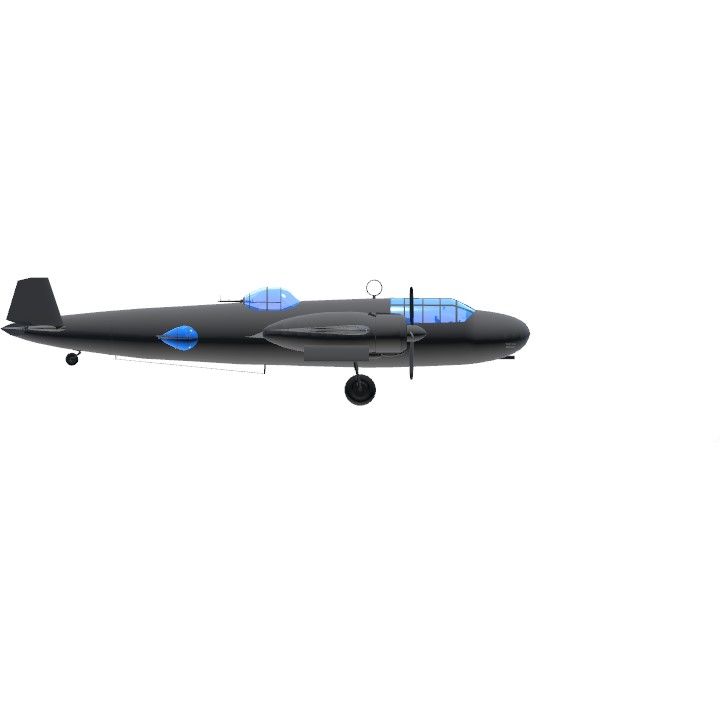
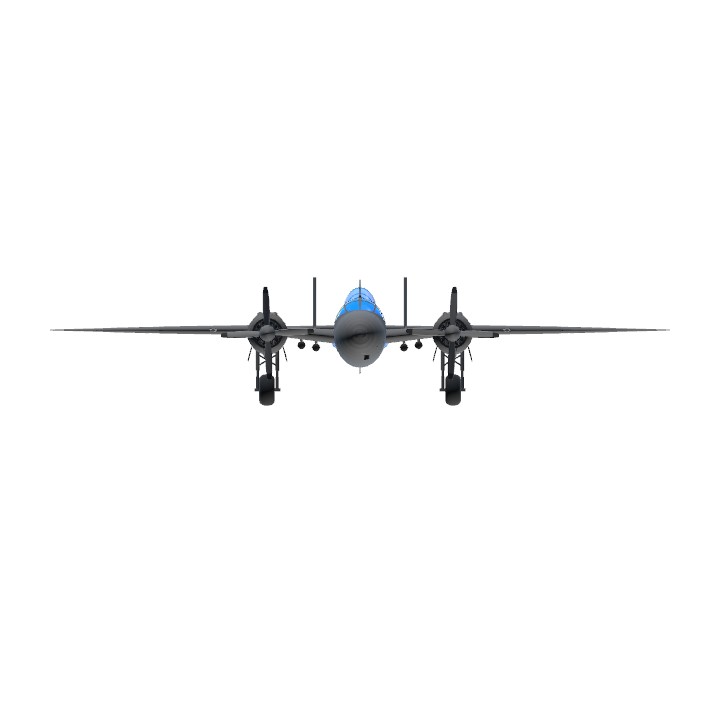
@114333
@GuyFolk
大佬看一下呗
@TonnkatuTonnkatuThePig
@Zott
@Sputochka
My new work ٩(๑•̀ω•́๑)۶
@Vocaloid4GUMI Epic
How about this? @MajorFreischmidt